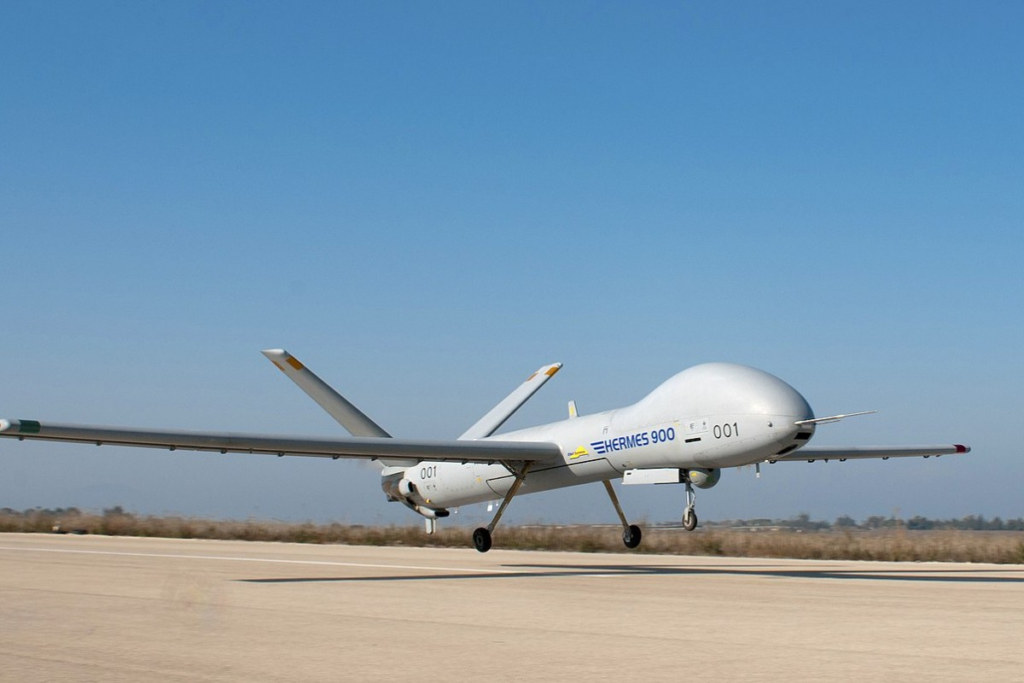A Hermes 900 drone, operated under the Indian Navy, recently crashed during operations. Adani Defence, responsible for its operation, will replace the unit at no additional cost. However, the replacement will take six more months, which is unusually long for manufacturing a Medium-Altitude Long-Endurance (MALE) drone. Typically, these drones can be produced much faster.

The crashed UAV is a localized version of Elbit Systems’ Hermes 900, assembled by Adani Defence and Aerospace. It crashed off the Porbandar coast in Gujarat, close to India’s border with Pakistan. The UAV has not entered service with the Indian Navy and it was undergoing pre-acceptance trials before official delivery. A similar model is also used by the Indian Army and remains as cause of concern for Army as well.
Manufacturer’s Claimed Capabilities
The Hermes 900 has a claimed endurance of over 24 hours and a maximum altitude of 30,000 feet. However, these specifications are the manufacturer’s stated capabilities and not verified operational numbers. The Indian Army and Navy were evaluating these units to understand if the claimed numbers can actually be met. To assess the accuracy of these claims, the Navy received two units for evaluation and army is slated to receive two as well.
Performance Issues During Testing
During testing, the Indian Navy observed frequent SATCOM disconnections, preventing the drone from achieving the promised performance. The crash may have resulted from a data link failure, raising concerns about the reliability of such communication systems. Persistent connectivity issues could pose significant operational risks, particularly in real-time mission execution where stable communication is critical.
The UAV lost control mid-flight and crashed into the sea, further questioning the reliability of the system. No personnel were injured in the incident, and Adani Defence and Aerospace has since retrieved the wreckage for analysis.
Indian Army’s Hermes 900 Concerns
Additionally, an exclusive update reveals that the Indian Army’s Hermes 900 drones have also faced setbacks. Both the Indian Army and Navy were to receive two units each. While the Navy lost one unit in the crash, the Army never received its second unit. Moreover, the Army’s first unit is currently grounded, further raising questions about the reliability of these Israeli-made systems.
Reassessing Reliability and Future Deployment
The recent developments highlight critical concerns regarding the operational dependability of the Hermes 900 drones. With one unit lost, one grounded, and one undelivered, the Indian defense forces may need to reassess their trust in these systems before deploying them further in active operations. The ongoing technical issues and delays could significantly impact future procurement and deployment strategies.